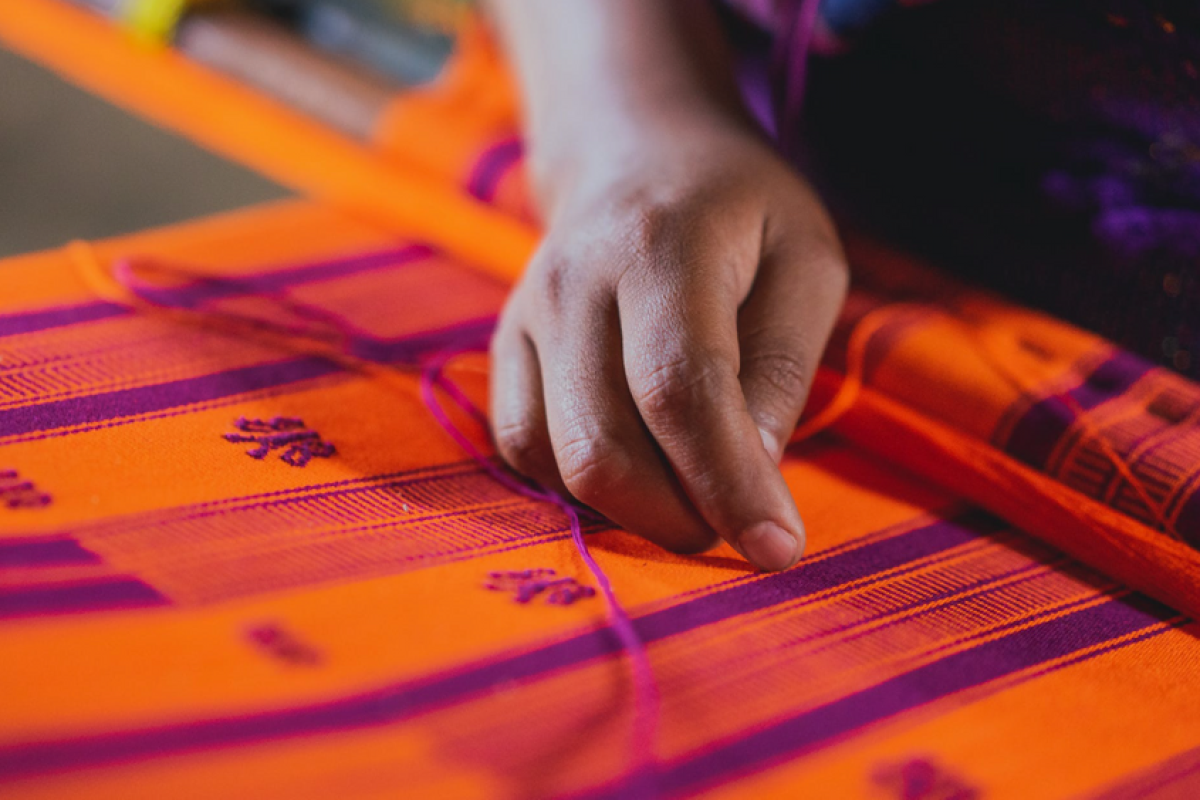While it is true that anyone can be trafficked, we have to face the reality that certain groups are disproportionately represented and victimized. Understanding their history, trauma, and unique cultures is critical for prevention efforts and providing appropriate, healing resources for survivors.
A study in New Mexico found that when it comes to human trafficking, indigenous women and girls are the least recognized and least protected population in the state. With almost no mandated training, mandated coordination, or established protocols, victims that might be identified by law enforcement, medical institutions, or service providers, instead continue to cycle through different forms of exploitation and abuse.
Another study in Hawaii showed the average age of victim entry into human trafficking might be lower than the rest of the country – and the majority of the victims identified were Native Hawaiian. One-quarter of the survivors said they were first trafficked before the age of 18; of that group, the average age when they were first trafficked was 11.
History and Violence
Trafficking is not a new phenomenon in the indigenous communities. For centuries, sexual violence and exploitation, as well as exploitative labor conditions masquerading as “reform”- whether in schools or with adults desperate for economic opportunities – have devastated communities throughout the country. Sex trafficking of contemporary indigenous women is “almost indistinguishable from the colonial tactics of enslavement, exploitation, exportation, and relocation,” writes Sarah Deer, professor of law at Kansas University and author of The Beginning and End of Rape: Confronting Sexual Violence in Native America.
A DoJ study found that 97% of Native victims have been abused by somebody who is non-Native. Since the late 1970s, tribes in PL280 states have been prohibited from prosecuting non-natives for most crimes committed on tribal land. This has led to predation by non-Native offenders who know that they can abuse legal loopholes to exploit vulnerable people.
Jurisdictional issues
Tribal agencies are understaffed, underfunded, and are frequently unable to take advantage of the trainings offered to either federal law enforcement or local law enforcement, if those trainings are even offered to tribal enforcement agencies. Additionally, local law enforcement in areas around larger tribal communities are typically under-resourced, including Oklahoma, New Mexico, and the Dakotas, who receive federal funding to support their otherwise under-resourced law enforcement agencies. Arkansas and Maine spend some of the lowest per capita on law enforcement in the nation.
Moreover, due to the historical relationship between Native Americans and the federal government, Native Americans generally distrust federal and state justice systems. This fear is not lessened by trainings that are provided to various law enforcement jurisdictions on providing care for Indigenous survivors – either directly as law enforcement or with direct service providers – which is frequently un-nuanced (e.g. all Indigenous communities are the same), not informed by indigenous survivors, and not able to breakdown established silos or lack of coordination. .
This means Indigenous survivors are often lumped into general categories “youth” or “sex trafficking” and offered services that don’t take into consideration their unique cultural backgrounds, trauma, or support systems. Unintentionally this can revive practices of indigenuous residential schools that ripped Indigenous children from their homes, denied them any connection to their religion, language, or support systems, and lead to mass trauma, abuse, and fractures in healthy self-identity and relationships.
Example. Oil industry
Pipelines and the oil industry have exacerbated violence against Indigenous women. In South Dakota and Montana, towns around reservation communities bordering the pipeline route often temporarily host approximately a thousand pipeline construction workers as they complete the project. Workers who come to a region for well-paid oil and gas jobs typically set up so-called “man camps” to house those workers. In 2015, violent crime reports increased in Montana and North Dakota’s Bakken oil-producing region. According to one report, sexual assaults on women on the Fort Berthold reservation increased by 75%.
The relationship between oil and the abuse of Indigenous women is not new, as David Grann’s book “Killers of the Flower Moon” documents. If we ever want to offer Indigenous girls and women a true break from the exploitation and violence of the past we must find a better way to work together to create culturally-appropriate, trauma-informed supports that works as a network, rather than in underfunded silos. As we enter a new era of accountability and truth we hope that the work by people like Sec. Deb Haaland result in #notonesistermore
Want to learn more? – Sign up for our bi-weekly Human Trafficking Newsletter to stay informed about the latest in the fight against trafficking. It covers local and national human trafficking news, including arrests of traffickers, illicit massage parlor cases, and rings the alarms on victims’ arrests. We keep you informed on what is going on across the country and give you insight on best practices in each case.
Contact us if you have questions and want to know more about human trafficking.
Donate now to help us make a difference in the fight against human trafficking.









